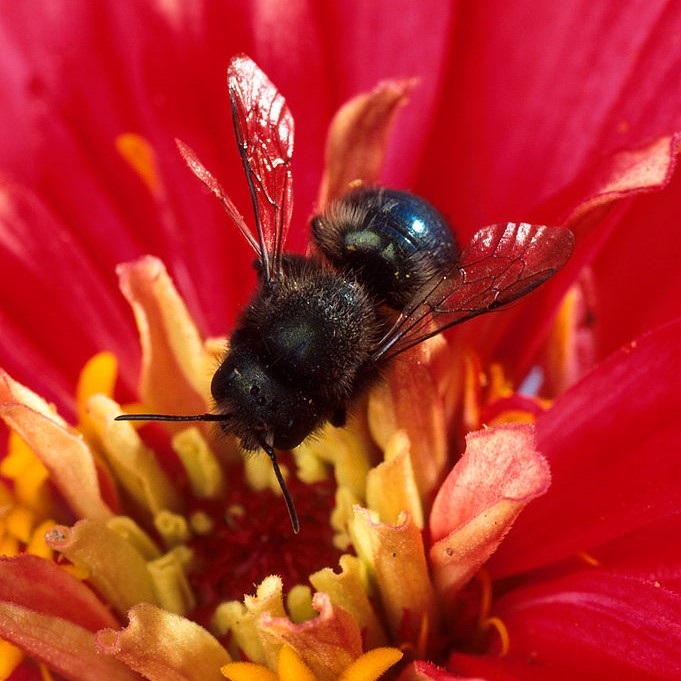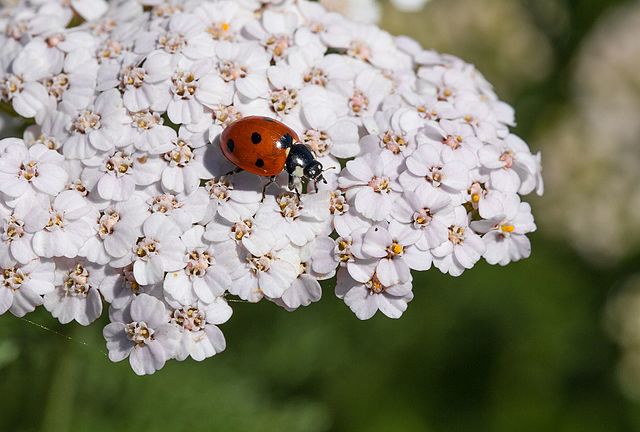
This award is presented to an OSU Master Gardener™ from each County by the Oregon Master Gardener™ Association (OMGA) working cooperatively with Oregon State University. This annual award recognizes outstanding dedication and service of an OSU Master Gardener at the county level.
Master Gardener of the Year
Brenda Winslow has been a Linn County Master Gardener since 2010. Over these years she has diligently staffed and answered hundreds of plant clinic questions at the Sweet Home Farmer’s Market. Within the very large Linn County, Brenda’s presence on the eastern side of the county has made a huge difference in keeping more Master Gardeners involved. Brenda has used her gardening knowledge to teach classes in Albany, Lebanon and Sweet Home. She started and fundraised for the high school and junior high school gardens and taught classes at the Boys and Girls Club. She has helped at the Demo Garden, ran clinic tables at the Harvest Festivals, worked container planting sessions and been a resource for the Sweet Home Beautification team and the Garden club. The BEEvent Pollinator Conference and the Albany Garden Tours fundraiser are other projects she has volunteered at. Brenda has been on the Linn Master Gardener Association Board for 5 years, and is currently 2nd Vice President. She is in charge of keeping membership lists up to date and helped produce our membership directory. Her knowledge and experiences are shared with enthusiasm in a way that encourages others. Thank you, Brenda!
Behind the Scenes Master Gardener Volunteer of the Year Awardees
Behind the Scenes Master Gardener Volunteer of the Year Awardees This award is presented to an OSU Master Gardener™ from each County by the Oregon Master Gardener™ Association (OMGA) working cooperatively with Oregon State University. This annual award recognizes an OSU Master Gardener™ who works quietly and unselfishly behind the scenes to further the OSU Master Gardener Program on a county level. This is not a person who is out in front working on projects, so that everyone knows their contributions. Rather, it is a person whom few may actually know the level of their contributions.
Rene Miller became a Linn County Master Gardener in 2018. Over the past three years she has become a major team worker on the Pollinator Project. She has helped with many cocoon harvesting classes and has lead sales of bee supplies. She harvested and cleaned a lot of mason bee cocoons that are sold by Linn Master Gardeners to help fund the association. Recently Rene helped harvest and process teasel for a mason bee research project. Besides the Pollinator Project she has also become a major team worker at the Willamette Community Garden. Work there isn’t just gardening, but also helping non-master gardener community members learn more about best practices for vegetable gardening. Rene is a volunteer garden educator at Waverly Preschool. She has answered questions at the Albany Farmer’s Market table and has been a volunteer on a Garden Tour. Rene’s cheerful demeanor and having a collaborative attitude make it fun to work with Rene. Thank you, Rene!
Nancy Ragghianti has been a Linn County Master Gardener since 2018. Nancy is currently a Member-at-Large on the Linn MG Board. She has worked at the Linn Demo Garden and at other events, but the thing that makes her special is her skills with website design and maintenance. www. LinnMasterGardeners.com was set up about 4 years ago. Nancy has done many updates and changes to make this an informative site for the public as well as for our association members. With COVID there were new challenges. The Linn MGA’s BEEvent Pollinator Conference went virtual. Nancy set up the on-line registration and the evaluation process for the conference. With the virtual conference, she set up a new on-line order and pick up process for mason bee supplies. She also publishes the Linn County MGs “Bee Notes” e-newsletter on the website. “Bee Notes” currently has very close to 800 subscribers. The association members and Linn Extension staff appreciate the ardent work she has done to make the website informative, useful and educational. Thank you, Nancy!
Bobbye Rainey became a Linn County Master Gardener in 2020. Before Bobbye went through Master Gardener training (pre-COVID) she volunteered at the Linn Demo Garden and continues to work there twice a week. She has enthusiastically worked on many projects and does whatever is needed whether it is weeding, planting, harvesting or some odd job. This year Bobbye has joined the Linn MG Board as a Memberat-Large. Twice a week she and another new Master Gardener have staffed the Linn County MG plant clinic help. She diligently answers on-line gardening questions from the public. Committing time 4 days a week, she has had a major impact. Additionally, Bobbye set up and staffed seven parking lot pickup sites in Linn, Benton, Marion and Lane County for people to pick up pre-ordered bee supplies. Part of this delivery process was gathering and bagging supplies, calling those who missed the pick-up and finding alternate delivery options. Bobbye’s friendly demeanor along with her professional collaborative style are an asset to our association. Thank you, Bobbye!












